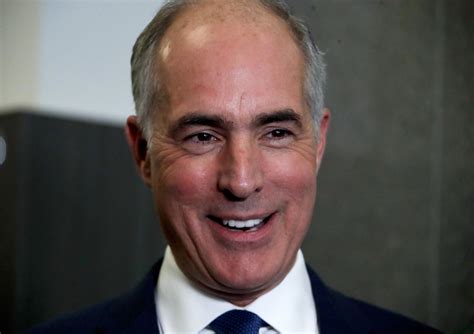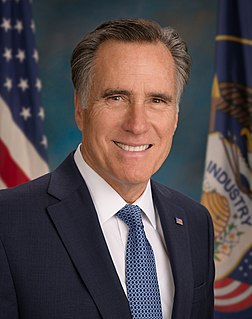A Quote by Ron Lewis
The CAFTA region currently imports $15 billion annually of U.S. agriculture and manufactured goods.
Related Quotes
Clearly, there needs to be an increase in the capacity of the railway system. That's why there are these projections of increasing the capacity to carry freight on the railways by 30% over the next five years or so, because the volume of goods moved up and down, imports, exports, and within the country, has grown much larger than the capacity. And this is part of the higher costs to business, because charges, for instance, at the ports become too high and they put up the prices of these goods, whether they are imports or exports. You want to reduce that.
Net result [of the Dept. of Agriculture's Payment in Kind - PIK - program]: total farm income, now expected to be around $25 billion, this fiscal year, will exceed total federal subsidies by only a couple of billion. You could argue that those fellows out there on the fruited plain are in effect working for the federal government and that, therefore, the U.S. now has socialized agriculture under the Reagan Administration. Rich, eh?
We've got the emPHAsis on the wrong sylLAble when it comes to crime in this country. The FBI says burglary and robbery cost U.S. taxpayers $3.8 billion annually. Securities fraud alone costs four times that. And securities fraud is nothing to the cost of oil spills, price-fixing, and dangerous or defective products. Fraud by health-care corporations alone costs us between $100 billion and $400 billion a year. No three-strikes-and-you're-out for these guys. Remember the S&L scandal? $500 billion.
A 2011 report produced by Forrester Research estimated that the revenue generated through the sales of smartphone and tablet applications will reach $38 billion annually by 2015. Think about that: An industry that did not exist in 2006 will be generating $38 billion in revenues within a decade. . . .
Yes, twenty-seven million in slavery is a lot of people, but it is just .0043 percent of the world's population. Yes, $23 billion a year in slave-made products as services is a lot of money but it is exactly what Americans spent on Valentine's Day in 2005. If humans trafficking generates $32 billion in profits annually, that is still a tiny drop in the ocean of the world economy.


































